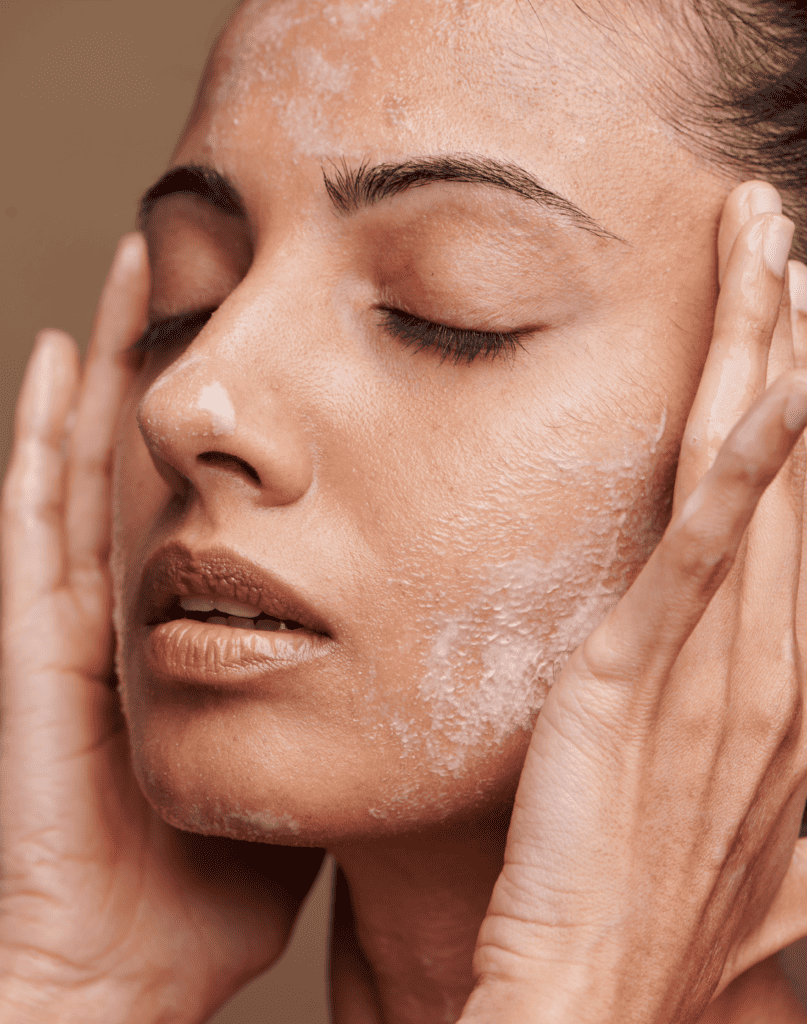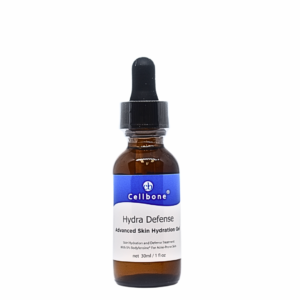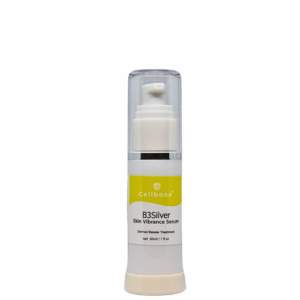THE ULTIMATE GUIDE TO
Broken Capillaries
Signs of Broken Capillaries
Broken capillaries can appear as spidery, red splotches lying underneath the skin creating a bumpy, uneven exterior skin surface that doesn’t go away. Sometimes referred to as spider veins, broken capillaries are dilated or enlarged blood vessels in the layer beneath the surface of the skin. While not technically broken, weakness in the vessel wall or an imbalanced blood flow creates pooling and the appearance of small reddened networks. Broken capillaries are most common around the nose, cheeks and chin, and can have legs coming off them if viewed close enough. Anyone can suffer broken capillaries but those on people with lighter skin will be more noticeable due to the contrasting colour. The technical name for these broken veins are telangiectasias.
What Causes Broken Capillaries?
While broken capillaries occur under the skin, they are caused by external disturbances to the skin like popping a pimple too forcefully, blowing the nose, scrubbing the face too roughly or even a violent sneeze. Hot, steamy showers can also be a trigger too as the heat brings more blood to the surface of the skin, dilating blood vessels. Ultraviolet rays from sun exposure and windburn can both also weaken and damage the vessels, making them visible through the top layer of skin. Broken capillaries occur when the delicate capillary walls responsible for circulation, expand and contract too rapidly, causing them damage or to tear in some cases. Capillary walls are very elastic but blood vessels can lose their ability to contract if they’re frequently dilated, prompting them to remain enlarged. If a person’s parents have broken capillaries they are very likely to as well and should take preventative measures like applying a quality sunscreen, daily. An everyday dose of Vitamin C has also been shown to reduce inflammation, combat superficial damage and strengthen capillaries, decreasing the change of broken capillaries forming.
Common causes of broken capillaries include:
- Aging
- Allergies
- Diet (high in alcohol, caffeine or spicy foods)
- External trauma (such as popping a pimple or drying the face too vigorously)
- Genetics (individuals with fair skin and rosacea are more susceptible to broken capillaries)
- Some medications
- Picking of the face
- Sunburn or windburn

How To Care For Broken Capillaries
Once broken capillaries form, they don’t exactly disappear naturally. The skin on top of the broken capillaries is also more sensitive to the sun as they enlarge, so a high SPF sunscreen is essential. Spicy, hot, caffeinated or alcoholic foods and beverages can cause vessels to fill with blood, making capillaries temporarily look more pronounced. Avoid these foods to reduce the severity and regularity of their appearance.
- Use anti-inflammatory based products (look for ingredients such as rosehip or pomegranate oils, to reduce redness)
- Protect the face from the elements (SPF 30+ sunscreen in the sun and a barrier cream or moisturiser in the cold)
- Wash the face soft (with gentle exfoliants only)
- Wash with lukewarm water rather than boiling hot
Broken Capillaries Skincare Routine
Morning Routine
Step 1. Collagen Cleanser
Step 2. Vitamin C – Titrate 10%
Step 3. Hydra Repair
Step 4. SolidiFirm
Step 5. SPF
Evening Routine
Step 1. Collagen Cleanser
Step 2. Skin Nutra Night Cream

Additional Product Options
- Avocado Moisturiser
- Hydra copper peptide
- Hydra SQ+
Recommended Products For Broken Capillaries
-
Sale!
 Out of stock
Protection
Out of stock
ProtectionMandelic Skin Rejuvenator
Rated 0 out of 5$112.00Original price was: $112.00.$50.00Current price is: $50.00. Read more
The Ultimate Guides Series
Become one of our Stockists

Here's What Our Costumers Say











